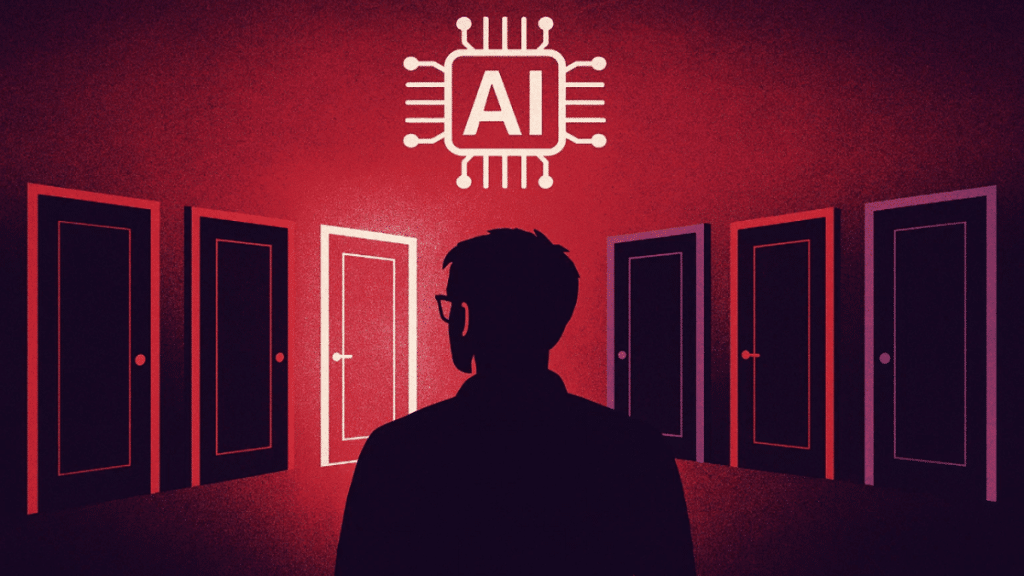ChatGPT was the go-to for every developer in 2023. From debugging scripts to writing boilerplate code, it felt like a secret weapon. But by mid-2025, something shifted. Developers noticed limitations: inconsistent outputs, generic code suggestions, and context loss across long sessions. They started trying other software models—Claude, Gemini, Perplexity AI—and found each stronger in certain areas.
That’s when a quieter migration began. Not away from AI, but away from relying on a single model. For many developers, the ChatGPT alternative became not one tool—but a workspace combining them.
A Developer’s Breaking Point
He was building a SaaS product solo.
Mornings started with ChatGPT, afternoons fixing its mistakes, nights bouncing between forums and Stack Overflow.
It wasn’t that ChatGPT was bad. It was that:
- Complex queries derailed into vague answers.
- Code snippets lacked context from earlier in the conversation.
- Security and performance suggestions were shallow compared to real docs.
One late night, after reworking an entire API ChatGPT had structured wrong, he typed into a different model—Claude. The output? Cleaner logic, fewer errors. That was the moment he stopped depending on ChatGPT alone.
The Rise of the Multi-Model Workflow
Instead of replacing ChatGPT entirely, developers built stacks:
- Claude for restructuring workflows and clearer documentation.
- Gemini for analyzing research, competitive libraries, and dev tools.
- Perplexity AI for fact-checking, linking to real sources.
- GPT for code scaffolding and quick debugging.
The result wasn’t one “winner.” It was orchestration. Each model played a role, and developers stitched them together manually—messy, but powerful.
Why Developers Quietly Switched
Three reasons came up again and again:
- Context depth — Long sessions in ChatGPT broke easily, while Claude handled sustained reasoning better.
- Accuracy — Perplexity AI offered citations, giving devs confidence in critical details.
- Specialization — Gemini pulled cleaner insights from data-heavy tasks than ChatGPT alone.
The alternative wasn’t ditching ChatGPT. It was combining it with others.
Chatronix: The Workspace That Ended Tab Fatigue
From juggling models to one cockpit
The problem? Switching tabs killed flow. Developers had ChatGPT in one window, Claude in another, Gemini in a third. Context vanished every time they jumped.
That’s where Chatronix AI platform came in.
It wasn’t a new model—it was a multimodal workspace:
- Six models in one chat: GPT-5, ChatGPT, Claude, Gemini, Grok, Perplexity AI.
- 10 free queries to test without risk.
- Turbo mode with One Perfect Answer, fusing all outputs into a single, coherent result.
- Prompt stacks for saving dev templates (API scaffolds, sprint planning).
- Side-by-side comparisons of code suggestions before committing.
| Workflow Step | Old Way | With Chatronix |
| Debugging | ChatGPT output, manual verify | GPT + Claude merged in Turbo |
| Researching APIs | Google + forums | Gemini + Perplexity summaries |
| Writing docs | Manual, time-consuming | Claude polished in minutes |
| Sprint planning | Sticky notes | Turbo-generated roadmap |
For the first time, developers didn’t need to choose. They could orchestrate.
Bonus Prompt Developers Save Inside Chatronix
Every Monday morning, he runs:
“Generate a 5-day sprint plan for my SaaS dev team. Group tasks by backend, frontend, testing. Include estimates, dependencies, and risks. Format for Jira.”
Turbo merges all six models’ takes into one sprint board. Instead of debating outputs, he pastes directly into Jira.
What Changed for Him
The difference showed up fast:
- 15+ hours saved weekly.
- Fewer rewrites of buggy boilerplate.
- Weekend-free coding for the first time in months.
- Client demos that actually worked the first time.
But the deeper shift was trust. He no longer treated ChatGPT as “the AI.” He treated it as one voice among six.
Why This Story Matters
Developers didn’t walk away from ChatGPT out of frustration. They walked toward systems that gave them reliability, depth, and balance.
The ChatGPT alternative isn’t a single shiny model. It’s the quiet adoption of multi-model workspaces like Chatronix, where the best parts of each AI blend into one workflow.
Final Thought
He still uses ChatGPT. He just doesn’t use it alone.
The real alternative wasn’t abandoning it—it was combining it. And once he did, he shipped faster, slept more, and stopped firefighting bad code at midnight.
Because the future isn’t one model. It’s many, in one place.
